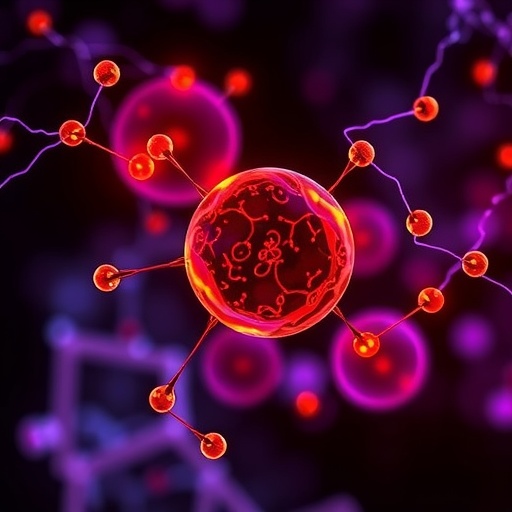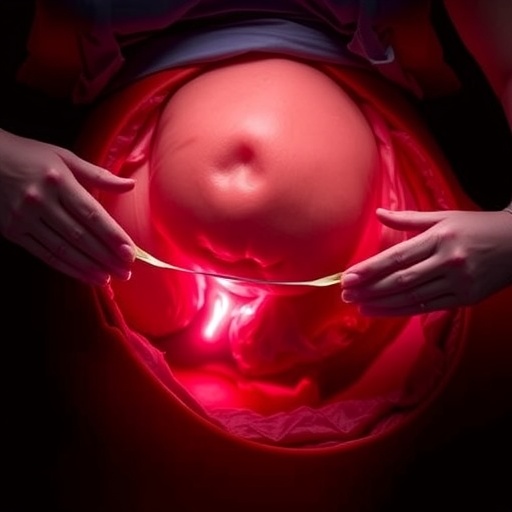Whether idolised as heroes or demonised and labelled terrorists, throughout history people have been willing to die for their groups and the causes they believe in. But why?
Previous theories of extreme self-sacrifice have revealed that a range of factors fuel the decision, including collective identity, hostility from others outside of the group, kin psychology and in some cases diminished mental health and depression. However, new Oxford University research, led by Professor Harvey Whitehouse, Director of Oxford's Centre for Anthropology and Mind, suggests that there is a unique psychological process that may play a crucial role in motivating the ultimate sacrifice: identity fusion.
Identity fusion – a visceral sense of oneness with the group – results from feelings of shared essence, forged through the sharing of emotional, life-shaping experiences. A construct developed by social psychologist Bill Swann at the University of Texas, it is a more powerful motivator of self-sacrifice than merely identifying with a group.
In new research published in Behavioural and Brain Sciences, Whitehouse argues that fusion is a major factor driving suicide terrorism. He bases this claim on several decades of research that he and his collaborators have been carrying out with specific groups, such as Islamic fundamentalists. The work also considers others engaged in extreme pro-group action, including football fans, martial arts clubs, tribal warriors and members of other highly cohesive organisations. The study involved fieldwork, surveys and interviews with groups whose members actually died for each other in combat, including non-state armed groups in Libya and conventional forces serving in Afghanistan and Iraq.
The study reveals that perceptions of shared essence fuse local groups as a result of both sharing emotionally intense events with others, and / or believing that group members are like biological kin. These relationships motivate a form of psychological brotherhood and the desire to defend and protect each other, which can lead to self-sacrifice.
Professor Whitehouse argues that understanding fusion is far more important than attacking extreme beliefs if we are to build an effective counter response to suicide terrorism. He adds: 'Many people hold what might be regarded as 'extreme' beliefs but only a tiny minority of them actually carry out terrorist atrocities – our research focuses on what motivates that small minority.'
He goes on to say that: 'using force, compulsion and coercion is not the way to deter violent extremism and may actually backfire. Instead, it is important to try to understand what is really motivating terrorists – what, or who are they fighting for, and why?'
His team at the Centre for Anthropology and Mind hope that their work can help policy makers to develop a strategy to counter the rise of violent extremism. Professor Whitehouse added: 'Instead of talking about de-radicalising extremists such as Islamic militants, we think it might make more sense to try to de-fuse them. Fusion is motivated by feelings of shared essence, so we need to begin by addressing the causal pathways leading to such feelings. This means exploring the memories through which personal identities are forged and the processes by which such identities are shared with other members of the group. Of course, the ethics of interventions based on these ideas would require careful scrutiny and monitoring.'
To be effective, the process would need to engage the participation not only of extremists themselves, but also members of their social networks and surrounding communities, such as parents, teachers, religious leaders and work colleagues.
As well as highlighting the importance of rebuilding key relationships, the paper also recommends harnessing group dynamics for peaceful purposes, including rebuilding societies that have been devastated by conflicts caused by extremist motivations, such as the Libyan uprising.
'Only by understanding better the underlying causes of pro-group commitment can we benefit from its potential for building trust and cooperation while limiting its capacity to stoke intergroup conflict,' said Professor Whitehouse.
###
Notes to editors: The full paper citation is: Dying for the group: Towards a general theory of extreme self-sacrifice, by Harvey Whitehouse
For further information please contact Lanisha Butterfield, Media Relations Manager, 01865 280531 or [email protected]
Media Contact
Lanisha Butterfield
[email protected]
01-865-280-531
@UniofOxford
http://www.ox.ac.uk/




